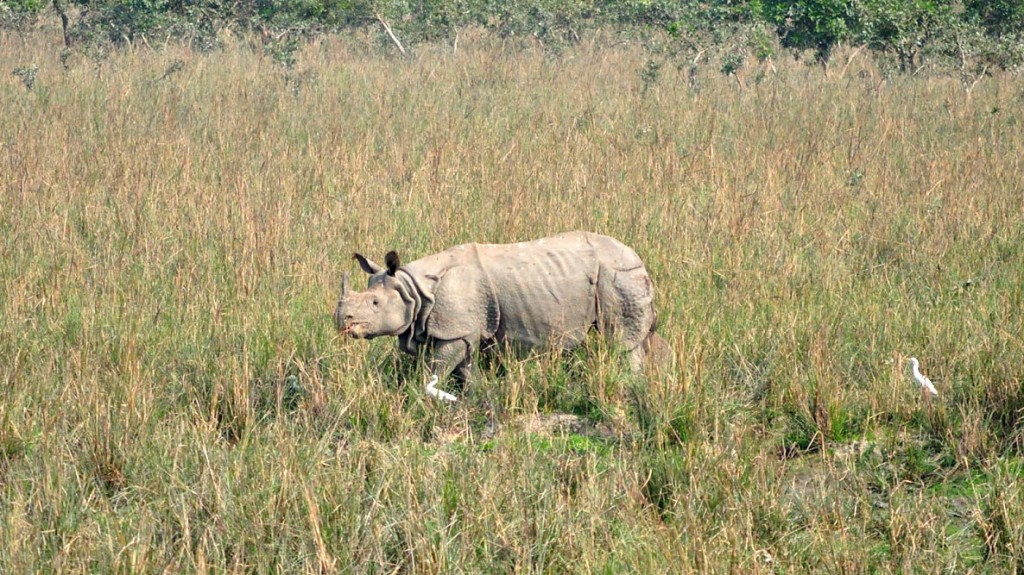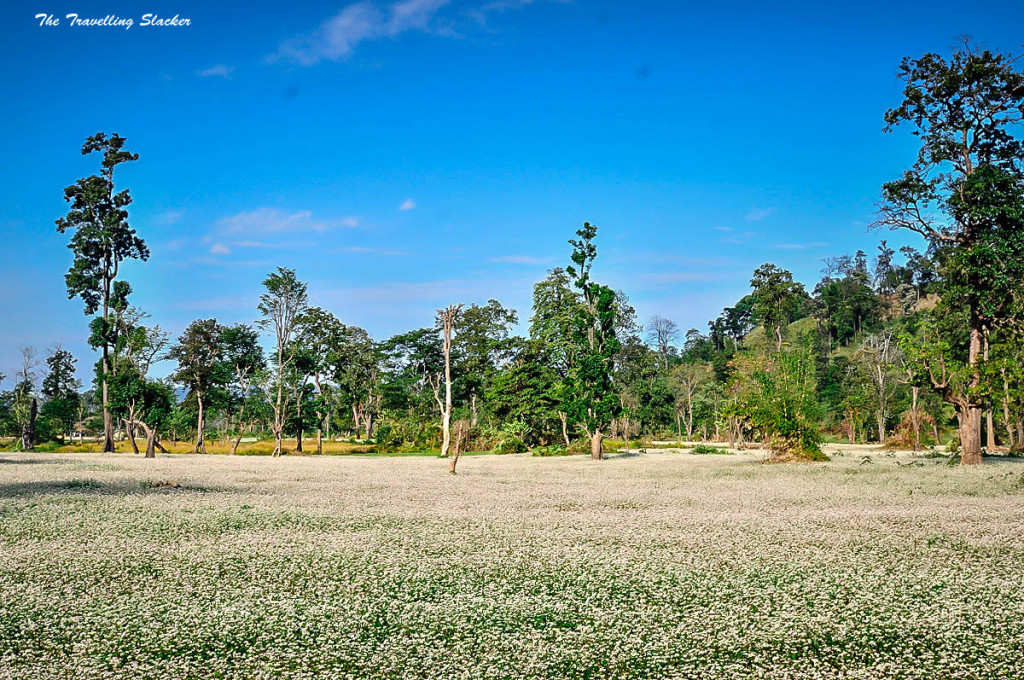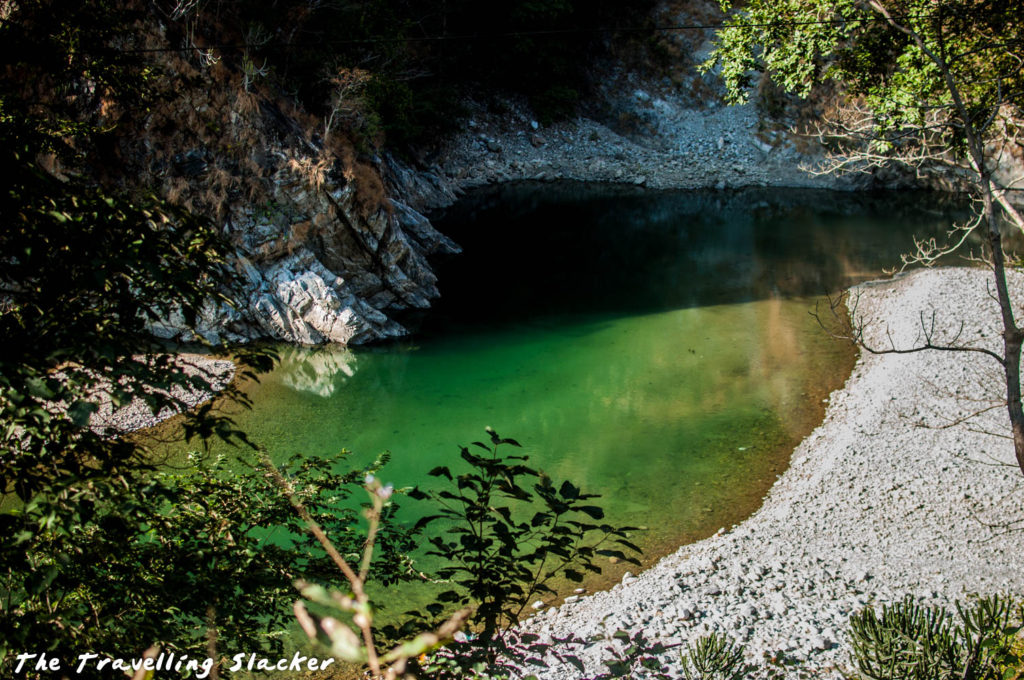If you’re someone who wakes up to the sound of birdcalls and lives for that first glimpse of wings in flight, you’re in the right place. India’s bird sanctuaries offer some of the most magical experiences in nature. Whether you’re a seasoned birder or just someone who wants to feel close to wild beauty, these places deserve a spot on your travel map.
Before diving in, be sure to explore more birding stories, wildlife trips, and travel inspiration at Jungle Revives — where each rustle in the forest, each feather, and each birdflight has a story.
1. Keoladeo National Park (Bharatpur Bird Sanctuary, Rajasthan)
Often called Bharatpur, this is perhaps India’s most celebrated bird sanctuary. A UNESCO World Heritage site, Keoladeo supports over 370 bird species. In winters, migratory visitors like painted storks, Siberian cranes, and bar-headed geese flock here. You don’t need big vehicles either — cycling or walking through its trails brings you face to face with nature’s poetry.
The marshy water channels, tall reeds, and shallow ponds make it perfect for waders, herons, and egrets. The mix of local and migratory birds in one place makes Bharatpur a pilgrimage for bird lovers.
2. Sultanpur Bird Sanctuary, Haryana
Close enough to Delhi to be a spontaneous escape, Sultanpur offers a surprisingly rich birdwatching experience. Over 250 species are known to visit or reside here. During winters, spoonbills, flamingos, pelicans, ducks — the lake teems with activity.
Trails are well-marked, there are watchtowers, and it’s beginner-friendly. If you want a quick reset into nature’s calm without going too far, Sultanpur is a solid pick.
3. Chilika Lake Bird Sanctuary, Odisha
Chilika is more than just a lagoon — it’s a living spectacle. Spanning over 1,100 sq km, this brackish water lake draws over a million migratory birds each winter. The islands of Nalabana and Mangalajodi are especially rich in sightings — flamingos, herons, egrets, kites.
A boat ride through the maze of water channels is immersive: you may see birds flying just inches from your boat. When thousands of flamingos come together, the horizon blushes pink. You’ll feel small (in the best way) in front of such abundance.
4. Jim Corbett (Dhela, Bijrani, Dhikala zones), Uttarakhand
Most people visit Corbett for tigers — but birders, don’t skip it. This forest-river mosaic hosts over 600 bird species. In zones like Dhela and Bijrani, you’ll see great hornbills, paradise flycatchers, Himalayan flamebacks, and more.
Each dawn and dusk, the forest fills with bird voices, mixed with the murmur of streams and rustling leaves. It’s one of India’s best all-round wildlife destinations for both big cats and winged creatures.
Also, if you’re exploring wetlands near the Delhi region in another trip, don’t miss this in-depth guide to Dhanauri Wetland near Delhi NCR — the waterbirds and migratory species there are a treat.
5. Ranganathittu Bird Sanctuary, Karnataka
This small cluster of islets on the Cauvery River near Mysore packs a big punch. Riverine birds such as painted storks, ibises, cormorants, and open-billed storks nest and fish around these islets. A boat ride here is meditative. You drift quietly, birds swoop overhead or perch close by.
Watching nests, chicks, and day-to-day behavior from water-level is what makes Ranganathittu a special experience. For any nature lover, it offers both tranquility and thrill.
6. Kumarakom Bird Sanctuary, Kerala
Along the backwaters of Vembanad Lake lies Kumarakom — a sanctuary with water, canals, coconut groves, and migratory birds. Kingfishers, herons, cormorants, and Siberian storks frequent this region. The soothing rhythm of houseboats, gentle canals, and the quiet movement of birds make it ideal for slow wildlife watching.
Photography here is dreamy — reflections in water, golden light, shadows dancing. For a combined Kerala + birding trip, Kumarakom is a gem.
7. Nal Sarovar Bird Sanctuary, Gujarat
Close to Ahmedabad, Nal Sarovar is a large shallow lake surrounded by marshes. It hosts over 200 bird species including flamingos, pintail ducks, pelicans. The early morning boat ride in misty water is magical — birds rising from reeds, the world waking up around you.
Local boatmen often act as guides — they know the birds by name and call. Their stories, combined with the landscape, make a visit deeply personal.
8. Thattekad Bird Sanctuary (Salim Ali Bird Sanctuary), Kerala
Deep in Kerala’s lush greenery, Thattekad (Salim Ali Bird Sanctuary) is a forest habitat, not just wetlands. It’s home to endemic and rare species like the Malabar grey hornbill, Ceylon frogmouth, and Indian pitta.
Walking trails, thick canopies, and filtered light all around — this isn’t big waterbird territory, but it’s a paradise for forest bird lovers. You’ll hear calls, glimpse flashes of color, and feel at home in deep green.
9. Bhigwan Bird Sanctuary, Maharashtra
Often called the “Bharatpur of Maharashtra,” Bhigwan draws flocks of flamingos every winter. As the sun rises over Yashwant Sagar dam, thousands of flamingos take off, their pink wings glowing in the dawn light.
Other birds — terns, gulls, herons — join the display. Local fishermen running small boat safaris get you close. This is one of the most accessible and dramatic bird-viewing sites in western India.
10. Pong Dam Wetlands, Himachal Pradesh
By the foothills of the Himalayas, Pong Dam Lake Sanctuary becomes a winter heaven for migratory birds — ruddy shelducks, bar-headed geese, gulls. The view: wildlife plus snow-capped peaks in the background.
It’s quiet, scenic, and less trodden than many others. If you want peace with wings overhead, Pong gives you that.
Tips to Get the Most Out of Your Birding Trips ● Go early morning or late afternoon – that’s prime time for bird activity. ● Carry a decent pair of binoculars and a camera (even a basic telephoto helps). ● Dress in neutral colors — browns, greens, greys — to blend in.
● Stay quiet and patient — birding is often about waiting and listening. ● Respect habitat rules — no feeding, no loud noises, stay on paths. ● Hire local guides — they know bird calls, nesting sites, and hidden trails.
Final Thoughts
Bird sanctuaries are like nature’s concerts — you don’t just watch, you listen. Every call, every flutter, every sunrise over a marsh tells a story. India’s variety of climates and landscapes means you can birdwatch in Himalayan foothills, dense tropical forests, coastal lagoons, and desert wetlands — sometimes all in one sweep of travel.
If these stories excite you, then you’ll love exploring more at Jungle Revives — where wildlife, forests, rivers, and birds come alive one post at a time.







